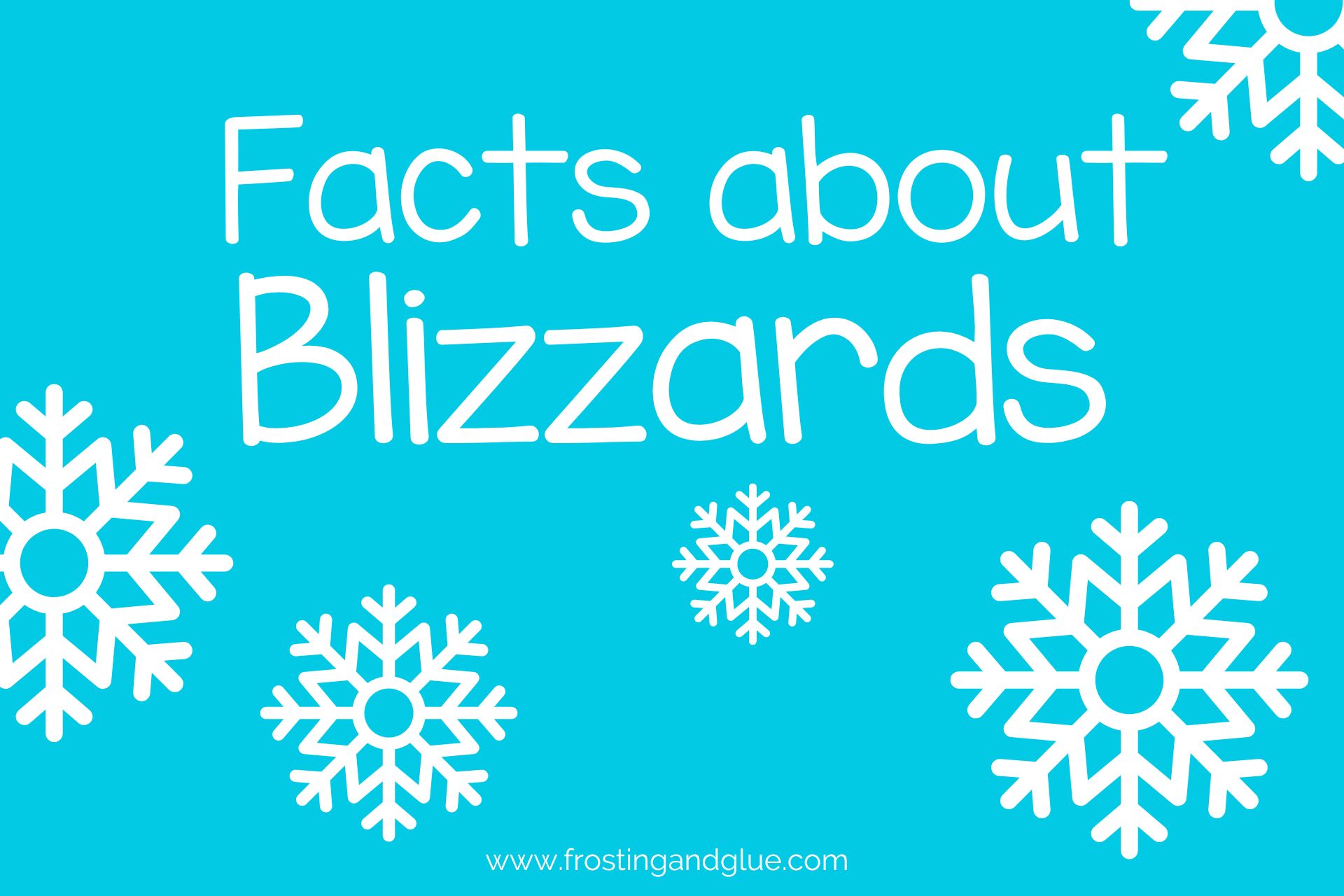Welcome to Facts Vibes! Discover the mesmerizing world of blizzards with us. From their breathtaking beauty to their powerful impact, we’ll delve into the coolest facts about these icy storms. Join us as we unravel the fascinating nature of blizzards in this article.
Unveiling the Fascinating World of Blizzards: Mind-Blowing Facts You Need to Know
Unveiling the Fascinating World of Blizzards: Mind-Blowing Facts You Need to Know
Blizzards are one of nature’s most awe-inspiring and powerful phenomena. These intense snowstorms are characterized by strong winds and low visibility, creating a winter weather event that can be both beautiful and dangerous.
Did you know that the great plains of the United States are particularly vulnerable to blizzards? The flat terrain allows the strong winds to pick up speed, resulting in massive snowdrifts and whiteout conditions. In fact, the term “blizzard” originally referred to violent blows of snow and wind.
Blizzards have a significant impact on transportation and infrastructure, often leading to road closures and power outages. They also pose a serious threat to anyone caught outdoors during the storm. However, blizzards also play a crucial role in ecosystems, contributing to snow accumulation that replenishes water supplies in many regions.
Understanding the dynamics of blizzards is essential for forecasting and preparation, as well as for appreciating the sheer force of nature. So, next time you witness a blizzard, take a moment to marvel at the raw power and beauty of this incredible meteorological event.
Most popular facts
Blizzards are characterized by strong, sustained winds of at least 35 mph (56 km/h) and blowing snow that reduces visibility to less than a quarter mile (400 meters).
Blizzards are characterized by strong, sustained winds of at least 35 mph (56 km/h) and blowing snow that reduces visibility to less than a quarter mile (400 meters).
The term “whiteout” refers to the complete loss of visibility during a blizzard due to blowing snow.
Whiteout refers to the complete loss of visibility during a blizzard due to blowing snow.
The deadliest blizzard in recorded history occurred in Iran in 1972, claiming an estimated 4,000 lives.
The deadliest blizzard in recorded history occurred in Iran in 1972, claiming an estimated 4,000 lives.
The Great Blizzard of 1888 in the northeastern United States dropped up to 50 inches (127 cm) of snow and caused widespread transportation disruptions.
The Great Blizzard of 1888 in the northeastern United States dropped up to 50 inches (127 cm) of snow and caused widespread transportation disruptions.
Blizzards can occur in polar regions as well as in temperate and subtropical areas, depending on the presence of cold air and moisture.
Blizzards can occur in polar regions as well as in temperate and subtropical areas, depending on the presence of cold air and moisture.
The “bomb cyclone” phenomenon can lead to the rapid intensification of blizzards, resulting in extreme weather conditions.
The “bomb cyclone” phenomenon can lead to the rapid intensification of blizzards, resulting in extreme weather conditions.
Blizzards can cause power outages and disrupt communication networks, posing significant challenges for emergency response efforts.
Blizzards can cause power outages and disrupt communication networks, posing significant challenges for emergency response efforts.
Winter storms that produce blizzard conditions are often accompanied by dangerously low wind chills, increasing the risk of frostbite and hypothermia.
Winter storms that produce blizzard conditions are often accompanied by dangerously low wind chills, increasing the risk of frostbite and hypothermia.
In 1993, the “Storm of the Century” affected a large portion of the eastern United States, bringing blizzard conditions and significant snowfall.
The “Storm of the Century” in 1993 affected a large portion of the eastern United States with blizzard conditions and significant snowfall.
Blizzards can have a profound impact on agriculture, causing livestock losses and damaging crops due to extreme cold and snow accumulation.
Blizzards can have a profound impact on agriculture, causing livestock losses and damaging crops due to extreme cold and snow accumulation.
Climate change may influence the frequency and intensity of blizzards, with some regions experiencing more volatile winter weather patterns.
Climate change may influence the frequency and intensity of blizzards, with some regions experiencing more volatile winter weather patterns.
People living in areas prone to blizzards often prepare by stocking up on food, water, and essential supplies to ride out the storm.
People living in areas prone to blizzards often prepare by stocking up on food, water, and essential supplies to ride out the storm.
The concept of “thundersnow” refers to a thunderstorm occurring during a snowstorm, often leading to increased snowfall rates and lightning.
Thundersnow refers to a thunderstorm occurring during a snowstorm, often leading to increased snowfall rates and lightning.
Avalanches can be triggered by heavy snowfall and high winds associated with blizzards, posing risks to mountainous regions.
Heavy snowfall and high winds associated with blizzards can trigger avalanches, posing risks to mountainous regions.
Meteorologists use advanced technology and data analysis to forecast blizzard events and provide early warnings to communities at risk.
Meteorologists use advanced technology and data analysis to forecast blizzard events and provide early warnings to communities at risk.
In conclusion, blizzards are phenomenal natural events that display the fury and power of nature. Understanding their impact and unique characteristics can help us better prepare for and appreciate these awe-inspiring weather occurrences.
